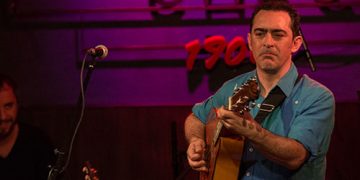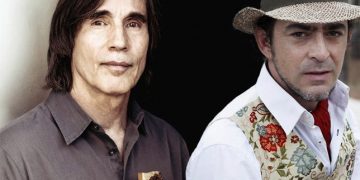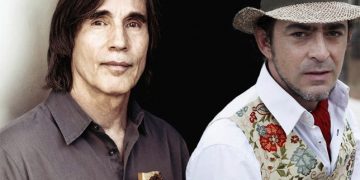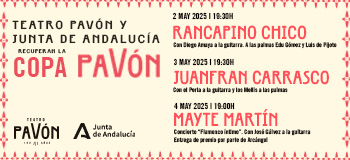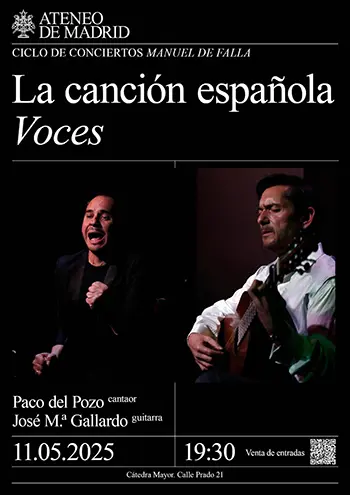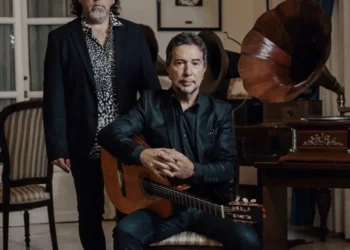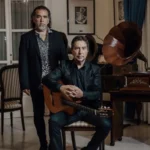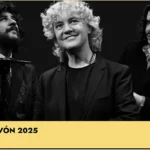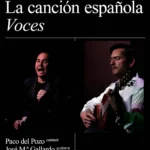|
Estreno absoluto |
|||
|
SPECIAL BIENAL DE FLAMENCO DE SEVILLA 2008 Text: Estela Zatania Flamenco guitar: Paco de Amparo. Flamenco guitar and Cuban tres: Raúl Rodríguez. Dance and compás: Pepe Torres. Cante and compás: Moi de Morón. Compás and dance: Manuel Flores. Guest artist: David el Galli. It’s incredible. Flamenco has been turned so inside-out, that the show “Como son, son”, which revels in the most classic sort of flamenco – dance, guitar, cante, compás, palmas and standard forms – gets put in the Teatro Central, a venue reserved for the more avant-garde presentations of the Bienal de Flamenco. If that makes people happy, so be it, and we flamenco fans have the last laugh.
A very experimental work, yes indeed. Nowadays, it takes guts to play guitar without contemporary harmony, dance the way you learned as a child, with no percussion, flutes or violins, sing martinete and siguiriyas, just a voice and a guitar, or pay tribute to your hometown with a style that only a very few people still practice. And the novelty of spontaneity, of compás, of sounds as familiar as they are exotic, of a way of hitting the guitar strings that unambiguously identifies the place of origin: Morón de la Frontera In Son de la Frontera’s new show, which is not linked to any recording, Raúl Rodríguez once again manages to add the sound of a Cuban tres, reinforcing the intrinsic oriental character of flamenco, without diminishing the characteristic aroma of the genre. Moi de Morón’s rich voice interprets tangos del Piyayo, Perrate version, as well as the above-mentioned martinetes and siguiriyas. Paco de Amparo is a fine guitarist on his own, and a wonderful musician. His taranto passes by unnoticed, but the siguiriya in D position with altered tuning, inspired in Sabicas, which he plays together with Raúl, is a beautifully mysterious piece.
Singer David el Galli joins the group for cantiñas, also played in the little-used D position. Pepe Torres, elegance personified, adapts his customary sobriety to this lighter form, with a sincere smile and moves that are reminiscent of his uncles Pepe Ríos and Andorrano. Morón, a fair to middling-sized town, has a solid tradition of flamenco dance, as evidenced by stars Juana Amaya and Juan de Juan, among many others. Manolito Flores’ does his “little number”, demonstrating a tremendous capacity for making hard things look easy. Pepe Torres returns for a second dance: serene tension and the Farruco school passed through the prism of Morón. Soleá and bulería, the heart and soul of the town of the plucked rooster, the most profound fiesta. The intense communication between the members of the group is the driving force behind everything. Flamenco that nourishes and sticks to the ribs, and what better tribute to Diego del Gastor in this centennial year of his birth, than this group of young men who find inspiration in the ways of the illustrious man from Morón.
|



 XV BIENAL DE FLAMENCO DE SEVILLA
XV BIENAL DE FLAMENCO DE SEVILLA


